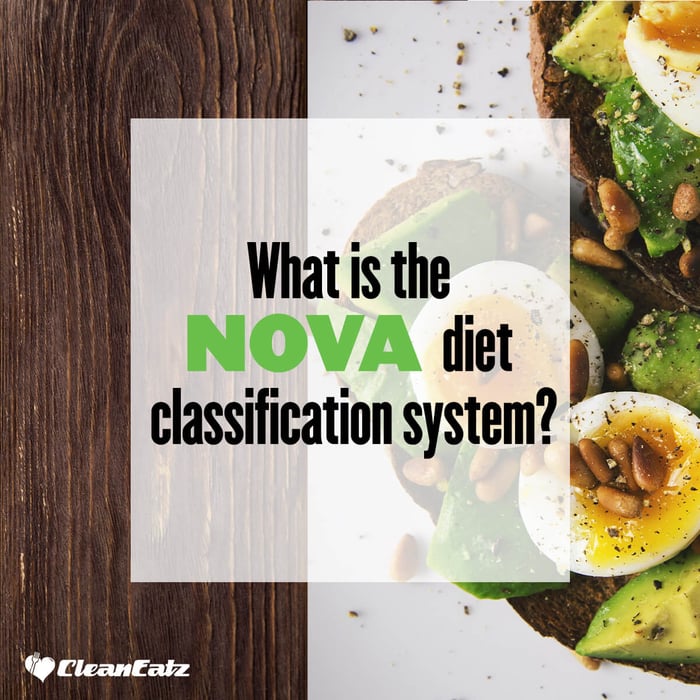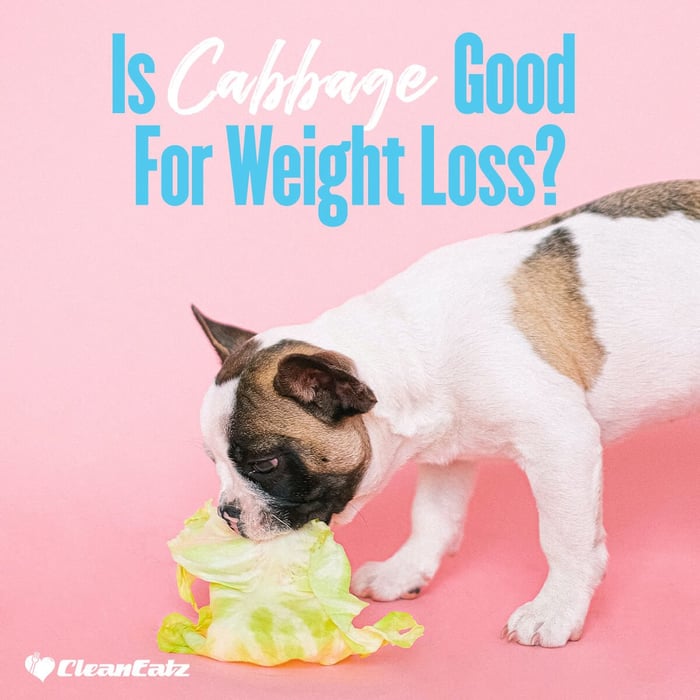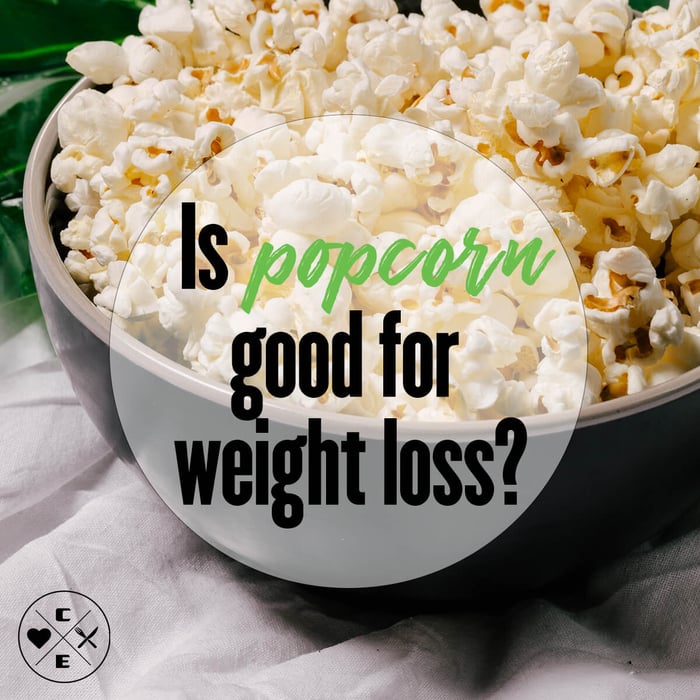NOVA Food Classification: 4 Groups, Examples & Tips

Jason Nista
Nutrition
|
Weight Loss
09/23/2025 7:38am
3 minute read
Updated: September 23, 2025
TL;DR
NOVA groups foods by degree and purpose of processing, not by calories or macros. There are four groups: (1) unprocessed/minimally processed, (2) processed culinary ingredients, (3) processed foods, and (4) ultra-processed foods (UPFs). Use NOVA alongside nutrition labels to build meals centered on Groups 1–2, with limited Group 4.
NOVA’s Four Groups (with quick examples)
| Group | Definition | Common Examples | Label Cues |
|---|---|---|---|
| 1. Unprocessed / Minimally processed | Whole foods; minimal changes like washing, cutting, chilling. | Fresh/frozen vegetables, fruit, eggs, plain yogurt, plain oats, raw nuts, fresh meat/fish. | Short ingredient list (or none). |
| 2. Processed culinary ingredients | Ingredients extracted/refined from Group 1 foods; used to cook. | Olive oil, butter, salt, sugar, starch, honey, spices. | Single-ingredient items used in recipes. |
| 3. Processed foods | Group 1 + Group 2 combined; preserved or made more palatable. | Bread from flour/water/yeast/salt, cheese, canned vegetables, plain canned fish, ham. | Short, recognizable ingredients; limited additives. |
| 4. Ultra-processed foods (UPFs) | Industrial formulations with additives and ingredients not common in home kitchens. | Sweetened cereals, many protein bars, soda, packaged snacks, some ready meals. | Look for isolates/modifiers (e.g., protein isolates, modified starches), emulsifiers, colorings, non-nutritive sweeteners. |
Definitions adapted from NOVA’s official descriptions and FAO guidance.
Why NOVA matters (and what the science says)
- Associations with health: Higher UPF intake is consistently linked with worse cardiometabolic and mental-health outcomes in large reviews. Use NOVA as a red-flag system for frequent UPF exposure.
- Mechanisms: Controlled feeding research shows that UPF menus can drive higher calorie intake and weight gain versus minimally processed menus, even when matched for macros and palatability ratings.
- Important nuance: The UK’s SACN (2025) notes associations are concerning but causality isn’t fully pinned on “processing” alone; nutrient profile and overall diet quality still matter.
How to use NOVA when you shop or plan meals
- Start with Groups 1–2: build plates around produce, lean proteins, whole grains, legumes, nuts, and simple culinary ingredients.
- Scan labels quickly: the longer the list—and the more isolates, emulsifiers, colorings, or non-sugar sweeteners—the more likely it’s Group 4.
- Keep Group 3 “supporting”: items like simple breads, plain canned veg/beans, cheese can make balanced meals faster.
- Use NOVA + nutrition facts: NOVA flags processing level; the Nutrition Facts panel still matters for protein, fiber, sodium, and added sugars.
Where Clean Eatz Kitchen fits
Our ready-to-heat meals prioritize high-quality proteins, vegetables, and smart carbs. Some offerings align with Group 3 (processed) while others may include ingredients that place them in Group 4. Always check the ingredient list on each product page to decide what fits your goals and preferences.
How our meal delivery works | Browse meal plans | Build your own plan
Limitations & ongoing debate
NOVA was designed as a public-health tool, not a nutrient score. Critics argue that not all UPFs are equal and that protein/fiber/sugar/sodium still matter. Regulators and researchers continue to debate how best to use NOVA in policy and guidance. For consumers, pairing NOVA with label literacy is the practical move.
FAQs
Is NOVA the same as a “healthy vs. unhealthy” score?
No. NOVA classifies processing level, not overall nutrition. Use it with the Nutrition Facts label.
Can a high-protein convenience food be non-UPF?
Sometimes—if ingredients are simple and recognizable. Products with protein isolates and cosmetic additives typically fall into Group 4.
How often should I eat UPFs?
There’s no official limit, but most guidance suggests minimizing routine UPF intake while building meals around Groups 1–2.



